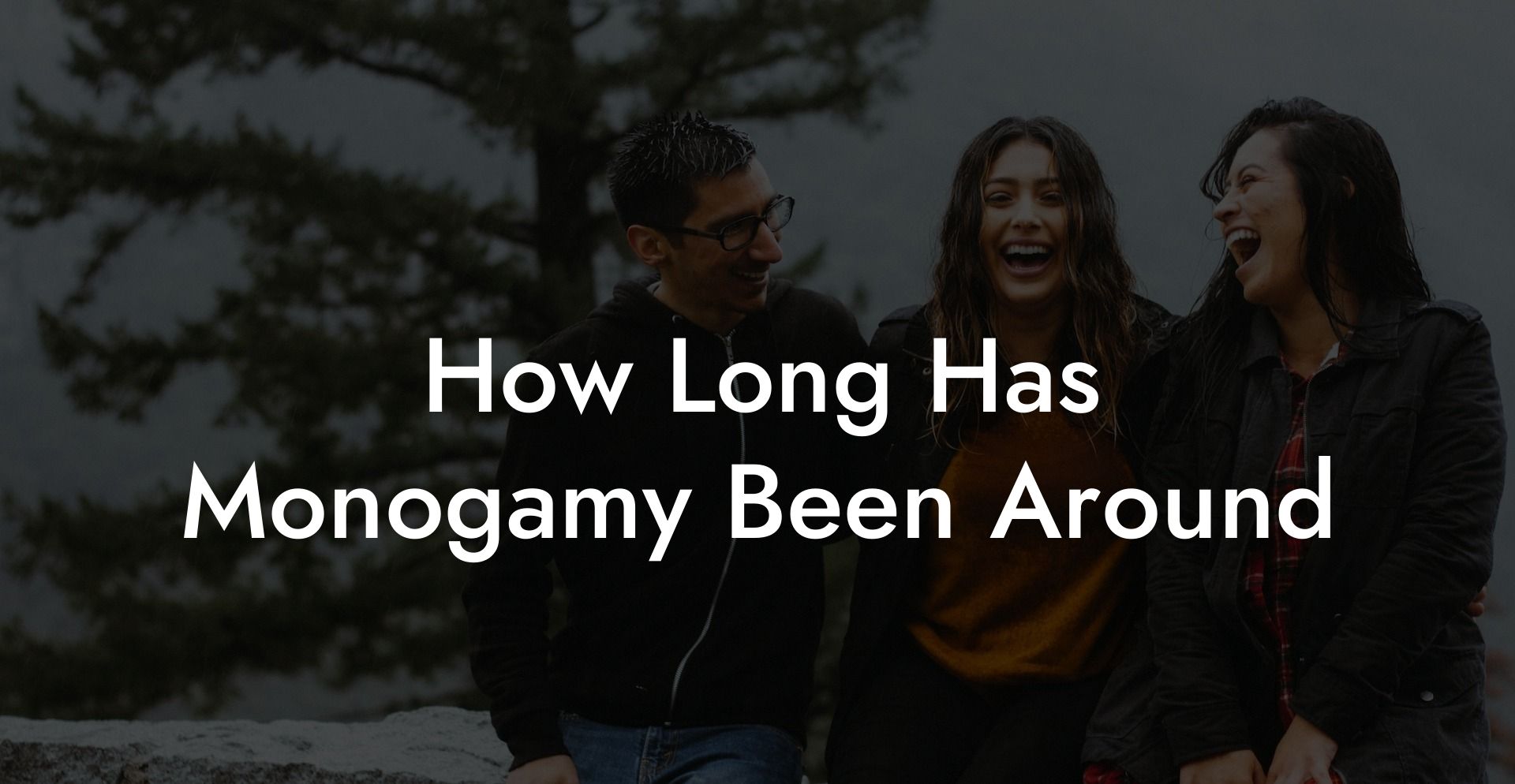Monogamy has always been a key element in building societies, but have you ever wondered how and when it actually became a norm for humans? In this article, we delve into the intriguing history of monogamy to shed light on its origins, transformations, and impact on our modern understanding of love and relationships. Get ready to learn surprising facts, engage in thought-provoking discussions, and question your own beliefs about monogamy, all here at The Monogamy Experiment.
How Long Has Monogamy Been Around Table of Contents
The Origins of Monogamy
It's believed that monogamy emerged as a human practice around 10,000-12,000 years ago, with the advent of agricultural societies. Prior to that, humans lived in small, nomadic groups where resources were scarce and shared. In contrast, agricultural societies supported larger populations and resource accumulation, which required a more organized social structure. This shift led to the idea of protecting one's family and its resources, ultimately giving rise to monogamy as a societal expectation.
The Evolution of Monogamous Practices
Throughout history, monogamy has gone through several transformations. Let's explore some of the significant eras that shaped our understanding of monogamy:
1. Ancient Greece and Rome
During the heights of ancient Greek and Roman civilizations, monogamy was practiced but not universally expected. Marriage was mainly focused on producing children, maintaining family lineage, and safeguarding property. Extramarital relationships were often tolerated, especially for men, as long as the primary spouse and household were respected.
2. Christianity and Monogamy
With the development of Christianity, strict marital monogamy became more widely practiced and enforced. In this context, marriage was considered a sacred bond between two individuals and a crucial foundation for a virtuous society. Adultery was heavily condemned, and couples were expected to remain monogamous throughout their lifetime.
3. The Victorian Era
The Victorian era saw significant changes in attitudes towards love and relationships. Romantic ideas of true love and soulmates emerged, further strengthening the belief in monogamous relationships. However, despite the emphasis on monogamy, the Victorian era is also known for its hidden decadence and secret infidelities, often concealed beneath strict societal norms.
4. The 20th Century and Beyond
With the rise of women's rights, sexual liberation, and LGBTQ+ acceptance, the 20th century brought increasing challenges to traditional monogamous practices. Open relationships, polyamory, and other alternative lifestyles have gained visibility, encouraging individuals to explore their personal desires and redefine what monogamy means to them in modern society.
How Long Has Monogamy Been Around Example:
Take the example of Rebecca and Brendan, a couple in the early 1900s, who believe in the traditional concept of monogamy and exclusive love. But as they witness the societal transformation during their lifetime such as women's rights, sexual liberation, and LGBTQ+ fight for their rights, their beliefs on monogamy and relationships alter. They learn and understand the fundamentals of polyamory and redefine what love and relationships mean to them, thus adapting to the changing world while respecting the basics of monogamy.
Monogamy has evolved significantly since its early days in agricultural societies, continuously shaped by historical, cultural, and social forces. Today, monogamy looks quite different from what our ancestors practiced, with individuals increasingly exploring alternative romantic and sexual arrangements. By understanding monogamy's history, we can more confidently engage in informed discussions about love, commitment, and relationship ethics. If this topic sparked your interest, feel free to share this article with friends and explore more guides on The Monogamy Experiment.













